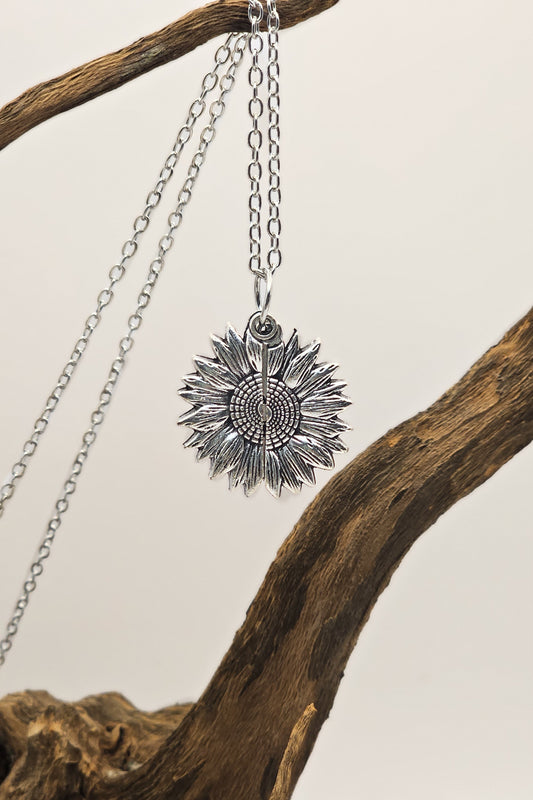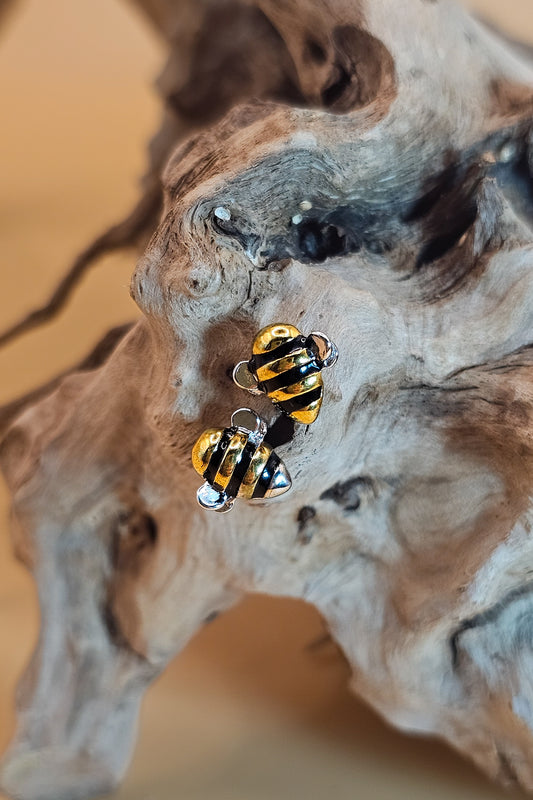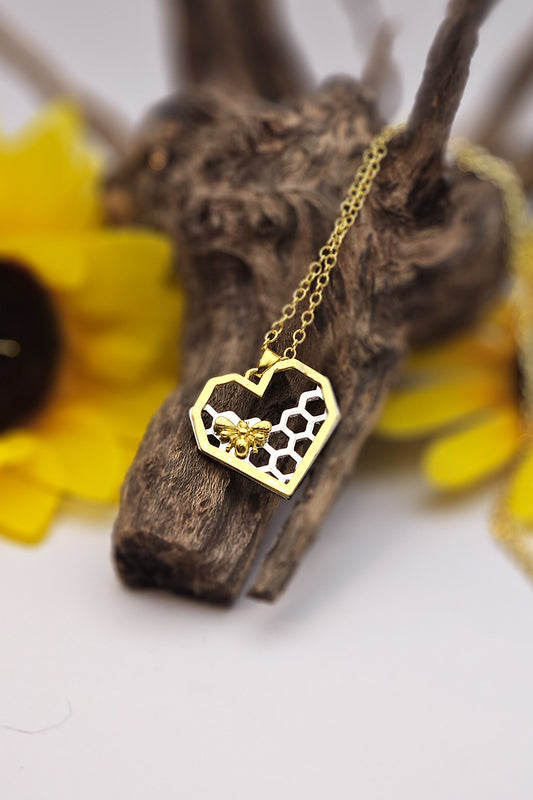Each spring we have a chance to establish a deeper bond with the insects that pollinate our gardens. They make our surroundings beautiful, and create the food we put on our tables so we can survive. And this is just the beginning… in addition to pollination, they do many other things for us, like pest control, recycling, and keeping soil healthy.
It is time we see all pollinators as our friends and wonder about how we can make their lives better, as they certainly make ours delightful in so many ways. If you’d love to see little winged ones fluttering around in your green space, bringing colors and movements into your world, read on.
What can we do for pollinators? There are many incredible ways you can help them.
Avoid using pesticides. Grow pollinator-friendly flowers, keeping in mind their favorites are wildflowers. Create a compost heap. Let your grass grow a bit wild. Create a pond or other source of water. Just implementing these suggestions alone would make a vast difference in the wellbeing of local wildlife. Urban areas would be abuzz with positive insect life.
Plant a wide variety of pollinator-friendly blooms like roses, daisies, carrots, and mint. Some plants and herbs for the summer season can be borage, catmint, columbine, delphinium, foxglove, lavender, oregano, poppy, snapdragon, sweet pea, and thyme. Plant single flowers because it is hard for insects to access nectar and pollen from double flowers.
Water is vital to bees. They get thirsty, and need a good water source, especially in warm summer months. A bird bath is charming and allows bees to perch on the rim and dip down to drink. Or place a few small stones, twigs, or marbles in a bowl of water so bees can stand safely to drink.
This 2:08-minute video by The Garden Gurus TV is about planting a bee friendly garden:
Weeds feed the bees’ needs, so leave your lawn mower in the shed. Weeds are as popular as wildflowers with pollinators, if not more so. Bees flock to ragwort and some thistles, as do other insects. When grass grows a bit long, pollinators find shelter there, and a place to eat. If you can’t stand the thought of letting your entire garden grow wild, consider creating a wild tract for pollinators. Don’t mow the lawn until after the weeds flower. For instance, dandelions flower by mid-April but have not set seed yet, so many pollinators can source food from them.
Pesticides have caused the collapse of many insects worldwide. We advise to not use synthetic pesticides in gardens. Consider using natural alternatives, “soft” chemicals like soap and stinging nettles that invite pest predators like ladybirds to your garden. When you buy ready-to-plant flowers, you don’t know how they were treated. Grow plants from seed to keep your garden pesticide free.
Your garden can be insect-friendly in winter. Help non-hibernating honeybees to survive winter by planting hardy winter-flowering pollinating plants, like willows, winter-flowering clematis, grape-hyacinths, lungwort, crocuses, snowdrops, and more, so they can forage if food runs out. The blooms will color your garden even in winter and provide food for honeybees and insects that emerge early.
Herbs are friends to bee and thee. Window boxes, containers or flower beds all work for growing herbs. Use herbs in your recipes, and many are loved by bees. Thyme, marjoram, sage, chives, and rosemary are all pollinator-friendly herbs. Or be daring and try some more adventurous herbs, like angelica, which has nectar-rich flowers, and will attract plenty of early bees and other pollinators, or fennel, which is rich in nectar and pollen, and attracts solitary bees.
It never hurts to see what your neighbors have planted, and what the pollinators enjoy most in their gardens. Share notes with your neighbors if you are friendly with them, so everyone can maximize bee happiness.
People don’t often think about ivy, but in autumn, it is a top food source for pollinators. When most other flowers die off, ivy endures, with yellow-green blooms, for late-flying pollinators. Don’t cut it back until after it flowers.
Make a bee house for solitary bees like mason bees to invite them into your garden. Some prefer to build underground nests, others build in natural cavities, like holes in wood or cracks in stone. Affix a box to a fence or wall, at least 3 feet off the ground, and fill it with wooden blocks, hollow bamboo stems, or logs with holes. Instructions for a ‘how-to’ video are easy to find online.
By implementing as many of these suggestions as you can, you will go a long way to making your garden super bee friendly and other pollinators will also fill your yard with their magical fluttering as you feel good about what you are doing for the good insects in your area.








